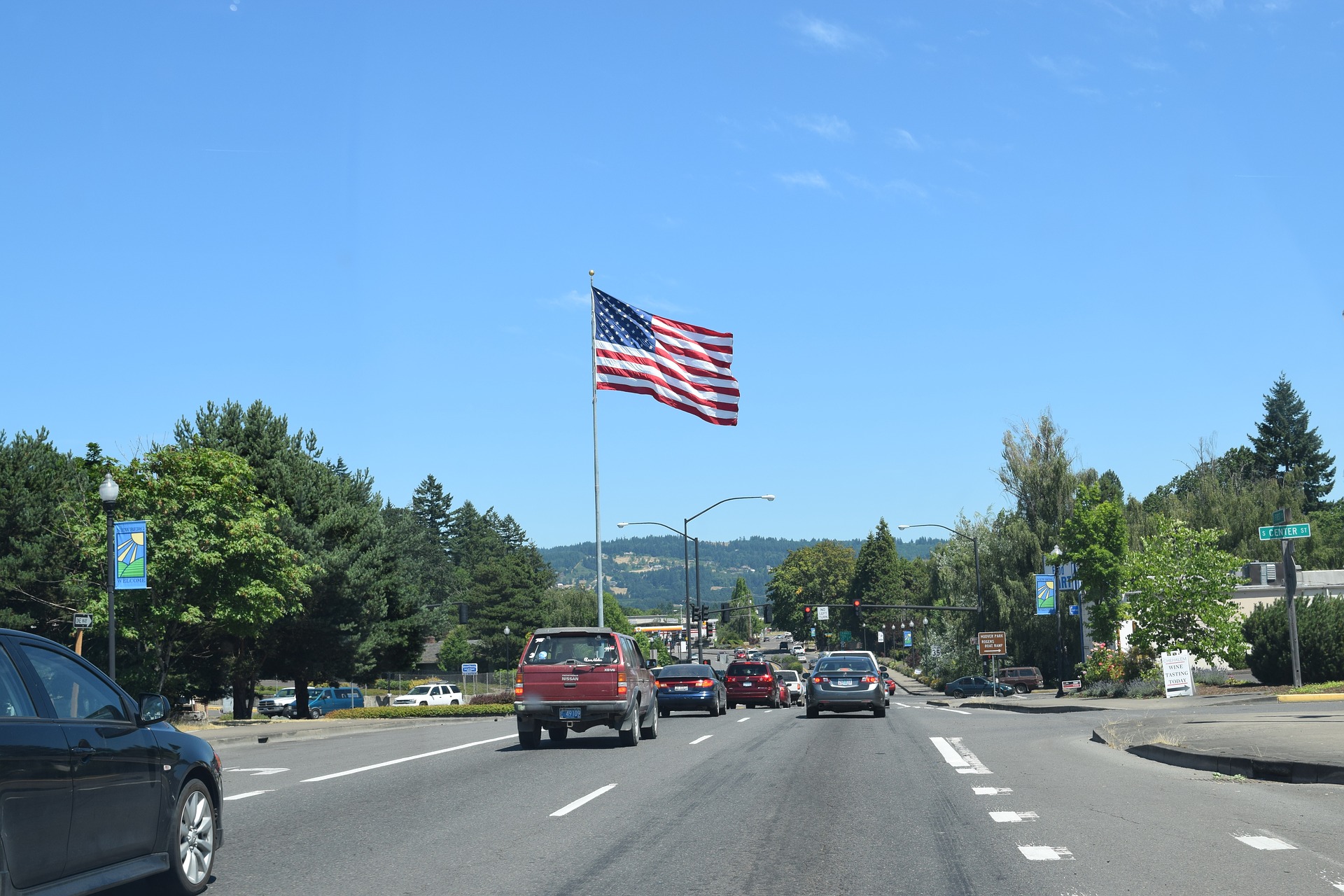Detroit can be described in three words, “The Motor City.” Ford Motor Company, one of the big three automobile manufacturers, was founded in Detroit in 1903. Over 100 years later, their commitment to the city remains strong, clearly evidenced by Ford announcing their intention to revive Michigan Central Station. In an interview with the Detroit Free Press, Bill Ford discussed his plans to transform the former train station from a dilapidated building into a thriving new Ford campus. Current plans suggest that in 2022, Detroiters will be able to walk into Michigan Central station and find, “coffee shops, restaurants and shopping” areas. The rest of the 18 ft. building will be dedicated to office spaces, which will be the source of 2,500 jobs for Ford employees!
While it has been idle since its operations were terminated in 1988, Michigan Central Station used to be a bustling train depot, seeing passengers frequently arrive and depart on their journeys. It’s current run-down, graffiti covered walls do not accurately paint a picture of what this building used to mean for the city. In fact, Historic Detroit depicts Michigan Central Station as, “Detroit’s Ellis Island” while it was in operation.
Even though this particular station is no longer in service, trains continue to be an important mode of transportation. According to the Association of American Railroads, freight trains transport 5 million tons of materials and goods across America every day! In addition, companies like Amtrak allow passengers to travel throughout the country by means of rail transport.
Michigan drivers are likely to encounter railroad crossings during their travels throughout the state, or even across the country. Knowledge of how to approach and pass through a crossing may help drivers from getting into train accidents. It's important for car drivers to be alert at train crossings because because train crews do not have the ability to swiftly stop a train. Additionally, trains cannot steer to avoid an accident. Car drivers, on the other hand, can control the distance between their vehicle and the train tracks. Operation Lifesaver provides rail safety education to help drivers and pedestrians carefully navigate railroad crossings. The following are their railroad crossing car safety tips.
Railroad Crossing Safety Tips for Drivers
- Trains and cars don't mix. Never race a train to the crossing — even if you tie, you lose.
- The train you see is closer and faster-moving than you think. If you see a train approaching, wait for it to go by before you proceed across the tracks.
- Be aware that trains cannot stop quickly. Even if the locomotive engineer sees you, a freight train moving at 55 miles per hour can take a mile or more to stop once the emergency brakes are applied. That's 18 football fields!
- Never drive around lowered gates — it's illegal and deadly. If you suspect a signal is malfunctioning, call the emergency number posted on or near the crossing signal or your local law enforcement agency.
- Do not get trapped on the tracks; proceed through a highway-rail grade crossing only if you are sure you can completely clear the crossing without stopping. Remember, the train is three feet wider than the tracks on both sides.
- If your vehicle ever stalls on the tracks, get out and get away from the tracks, even if you do not see a train. Locate the Emergency Notification System sign and call the number provided, telling them about the stalled vehicle. If a train is approaching, run toward the train but away from the tracks at a 45 degree angle. If you run in the same direction a train is traveling, you could be injured by flying debris.
- At a multiple track crossing waiting for a train to pass, watch out for a second train on the other tracks, approaching from either direction.
- When you need to cross train tracks, go to a designated crossing, look both ways, and cross the tracks quickly, without stopping. Remember it isn't safe to stop closer than 15 feet from a rail.
- ALWAYS EXPECT A TRAIN! Freight trains do not follow set schedules.
While Ford Motor Company has not yet revealed any plans to resume rail transport at Michigan Central Station, there are 4,800 public railroad crossings throughout the Great Lakes State. The Michigan Department of Transportation (MDOT) is responsible for regulating the safety of these crossings. If drivers become aware of any safety concerns, they can contact by clicking the button below.
Staying safe while driving through a railroad crossing is primarily in the hands of the automobile driver. Oftentimes, drivers may find themselves in a rush to reach their destination, justifying the choice to forgo driving safety rules. No matter the situation, when approaching a railroad crossing with the warning signals activated, drivers must stop and wait for the train to pass. It might cause a delay, but waiting for the train to pass instead of speeding over the rails, may prevent a serious automobile accident.
When trains are absent, railroad crossings may not seem dangerous. But it’s possible that a train could pass by in a matter of seconds and demolish anything or anyone in its tracks. Drivers should be alert when near a railroad, and stay at a secure distance until it is safe to cross. For a free legal consultation with an motor vehicle accident attorney regarding railroad crossing car crashes or any type of auto accident, call The Michigan Law Firm, PC at 844.4MI.FIRM for a free consultation.





































